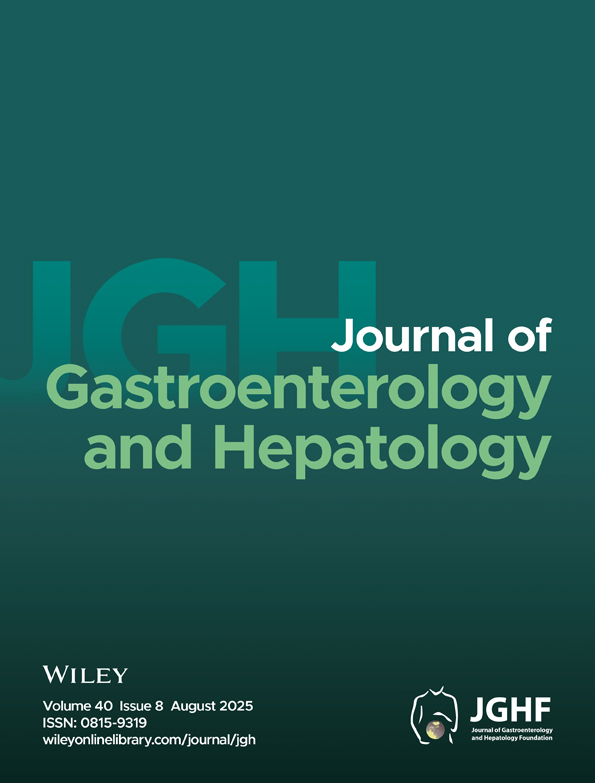Colonoscopic classification of internal hemorrhoids: Usefulness in endoscopic band ligation
Abstract
Background: Bleeding is one of the main symptoms of internal hemorrhoids. However, the conventional Goligher's classification of internal hemorrhoids does not consider the severity of bleeding. We intended to establish a useful method for evaluating internal hemorrhoids using a colonoscope that reflected the severity of the symptoms.
Methods: Using a colonoscope in the retroflexed and forward viewing position, 104 patients with symptomatic internal hemorrhoids were evaluated based on the criteria of range, form and red color signs (RCS). Range was determined by the circumferential distribution of internal hemorrhoids and scaled from 0 to 4. Form was determined by size and scaled from 0 to 2. The presence of RCS was also evaluated. Symptoms were determined by interview and scaled from 0 to 3. Patients were treated by endoscopic band ligation (EBL) and were examined endoscopically before and 4 weeks after the treatment.
Results: Before the treatment, range, form and RCS were significantly correlated to bleeding (P < 0.01), and form was significantly correlated to prolapse (P < 0.05). The endoscopic classification scores at 4 weeks after EBL improved significantly (range from 3.25 ± 0.05–0.56 ± 0.08 [P < 0.01] and form from 2.81 ± 0.04–0.56 ± 0.07 P < 0.01).
Conclusion: The new endoscopic classification of internal hemorrhoids proved to be closely correlated to symptoms, particularly bleeding, and thus highly useful in evaluating the effectiveness of the treatment.




